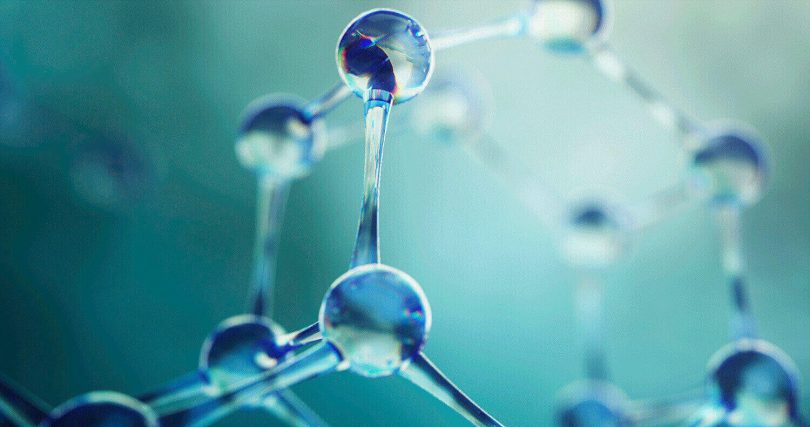In the recent years, both CBD and nanotechnology have become buzzwords, but combined together, the two generate not only hype, but substantial innovations and progress in the consumption and absorption of CBD.
What is Nanotechnology?
Nanotechnology, or nanotech, isn’t a term restricted only to the cannabis world, but spans many different progressive industries like organic chemistry, molecular biology and engineering, energy storage, and more. It refers to the manipulation of matter on a microscopic level, or more precisely nanoscopic, as the prefix “nano” denotes 10−9.
Most simply put, nanotechnology makes particles way, way smaller.
The Need for Nanotechnology in CBD Products
As you may know, one of the cruxes of CBD products, as well as cannabis products as a whole, istheir low level of bioavailability, meaning the low amount of their contents and respective coveted properties which our bodies can absorb by themselves without external help.
The low bioavailability of CBD and cannabis products results in huge wastage of contents, and respectfully the consumers’ money as they have to purchase more product to get the desired effects.
In fact, the implications of this low bioavailability of CBD products are much larger than you might think. For example, studies have found that oral consumption of CBD gets your body between just 4% and 20% of the compound (1), sublingual consumption – between 12% and 35% (2), and vaporized consumption – between 34% and 46%, but it could go as high as 56%. The only consumption method that would give you the full 100% is intravenous administration, meaning direct injection into the bloodstream though needles in the veins, which isn’t very popular for obvious reasons.
As you can see, these numbers are in fact closer to O% than they are to 100%. To put this into perspective, it’s like getting a small 330ml beer and only being able to drink around 150ml of it, often even much less. Imagine how much more you’d have to spend to get the same effect.
How Nanotechnology Affects CBD Bioavailability
What nanotechnology does to CBD is breaks it down to nanoparticles which can then pass through gateways in the body that are otherwise too narrow for the original-sized CBD particles.
“As we reduce the particles to a few hundred nanometers, they can pass through gaps that they were unable to [pass through] before,” says Anubhav Pratap Singh, PhD, an assistant professor of food processing at the University of British Columbia. “Moving into 2020, I think most of the cannabis products in the market will be produced in this way [with nanotechnology].”
Applications of Nanotechnology in CBD Products
Many different companies seize the various opportunities that await in the overlap of CBD and nanotechnology. Abatis Bioceuticals, a Canadian R&D company, for example, partners with the University of British Columbia to explore the ways nanotechnology can improve CBD oral ingestion; some companies look to nanotechnology to enhance their CBD skin-care products, while others use this method to improve the bioavailability of their CBD water.
Nanotechnology has seeping applications not only in various fields, but in cannabis and CBD in particular, and perhaps we have only scratched the surface of its multi-layered implications which might turn out to be as fundamental as the nanoparticles it creates.
References:
- Marilyn Huestis, Human Cannabinoid Pharmacokinetics, Chem Biodivers. 2007 Aug; 4(8): 1770–1804. [Journal Impact Factor = N/A, Times Cite = 359]
- Schoedel KA et al, Subjective and physiological effects of oromucosal sprays containing cannabinoids (nabiximols): potentials and limitations for psychosis research, Curr Pharm Des. 2012;18(32):5008-14. [Journal Impact Format = 3.052, Times Cited = 7]
- Paudel KS et al, Cannabidiol bioavailability after nasal and transdermal application: effect of permeation enhancers, Drug Dev Ind Pharm,36(9):1088-97. [Journal Impact Factor = 2.295, Times Cited = 24]










